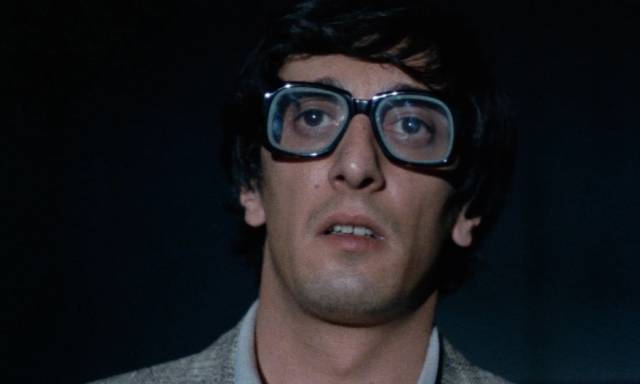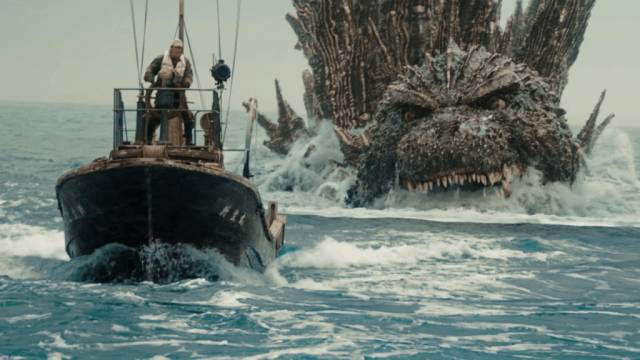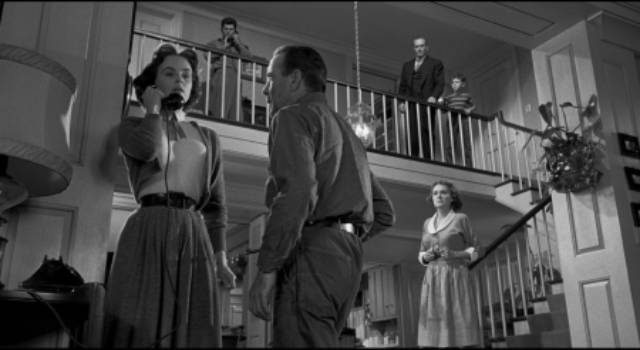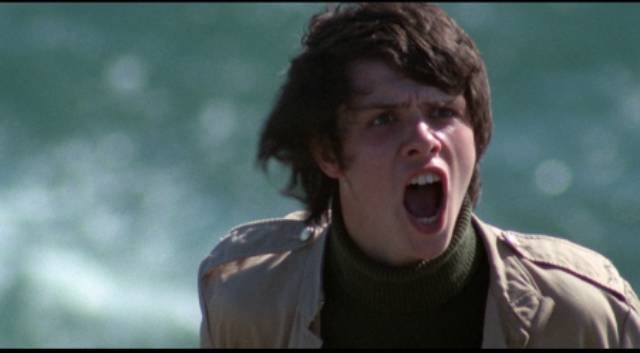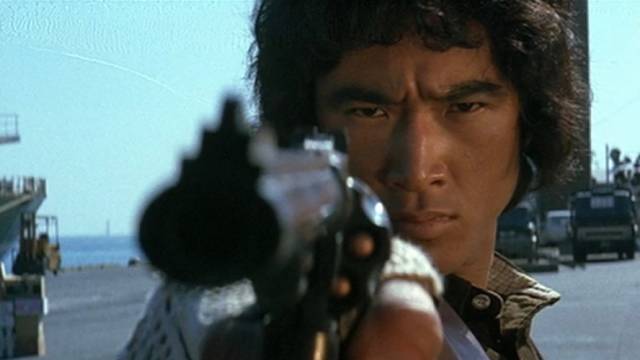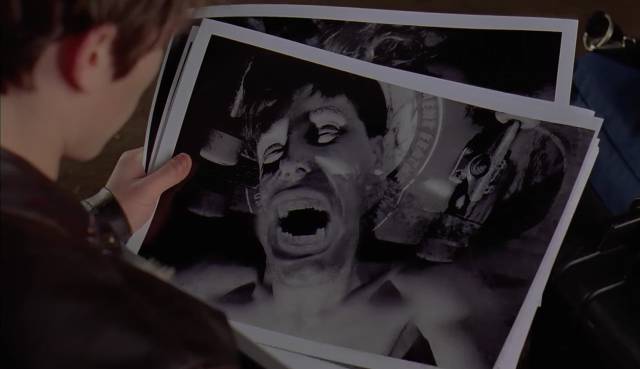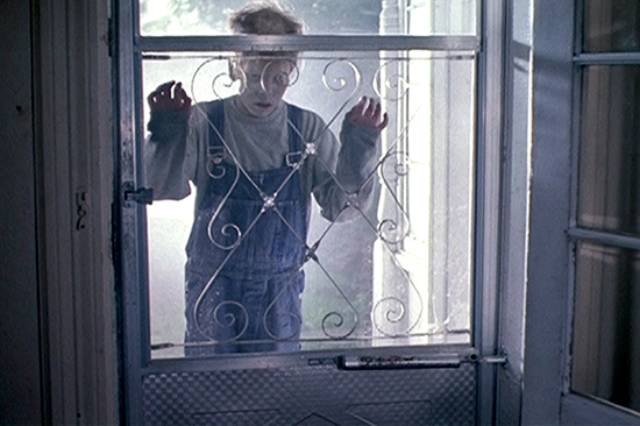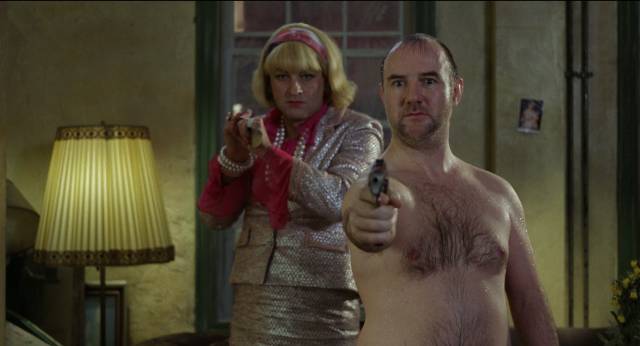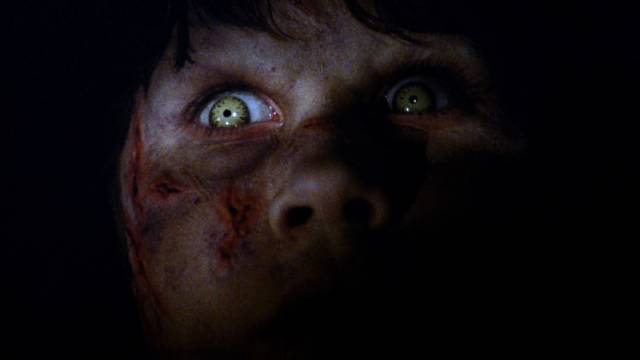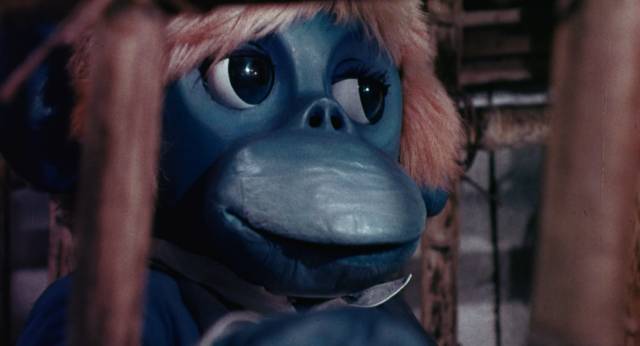
Film restoration is usually seen as an effort to preserve the canon, but there are vast areas of film history which may be less reputable, but still represent significant aspects of the past century’s most popular art form. In their recent six-disk, ten-movie set Lost Picture Show, Vinegar Syndrome highlight their own efforts to unearth and give new life to cheap, obscure, frequently disreputable examples of movies made far from the mainstream – sex. violence, politics and an occasional talking animal are on display in this ragged, sometimes enlightening, sometimes frustrating collection.
